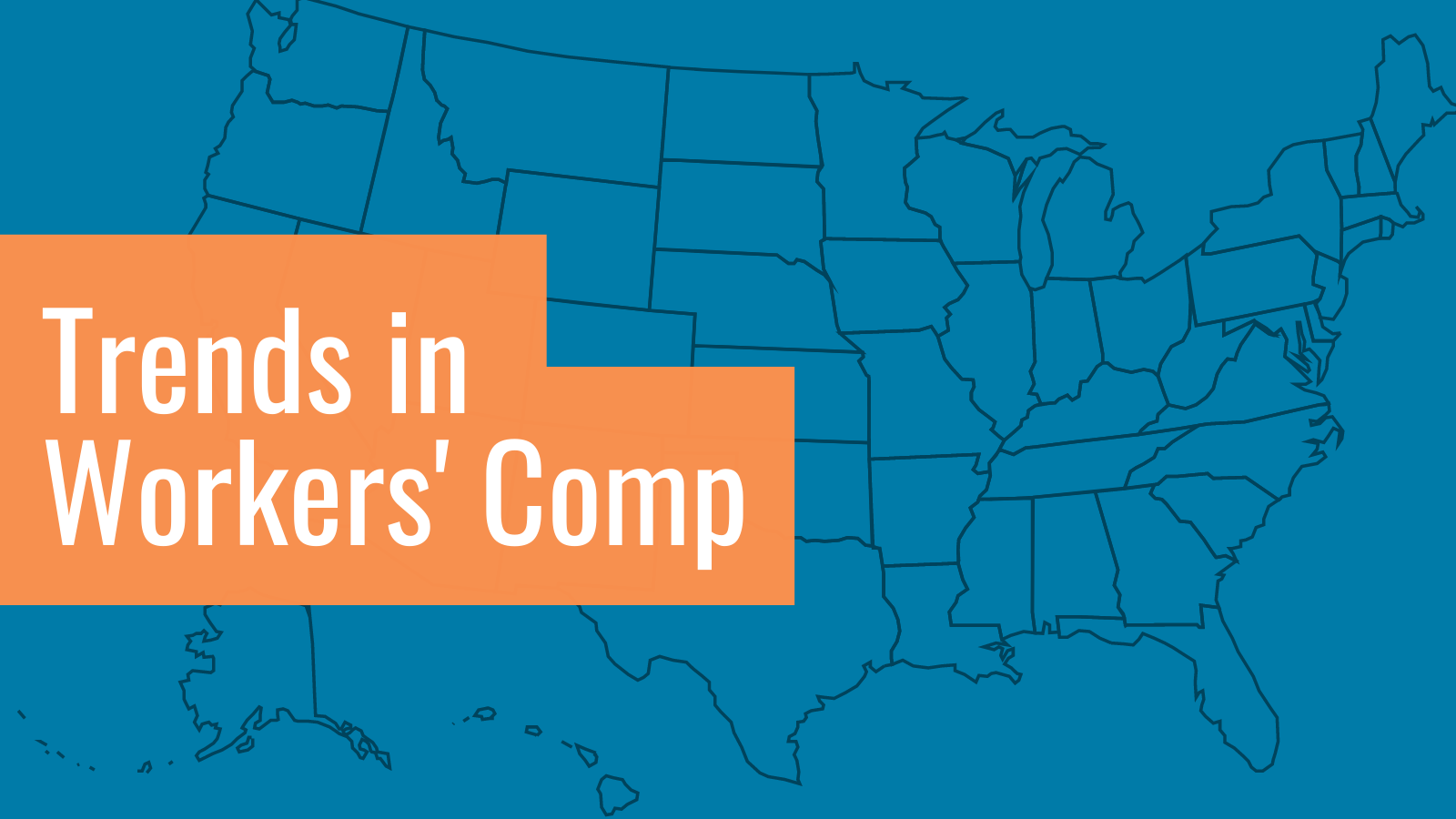
Last week, the nonprofit, nonpartisan National Academy of Social Insurance published their annual, comprehensive study of trends in workers’ compensation.
In NASI’s 2022 report, which reviews data from 2016–2020, I noted three trends in workers’ compensation that are troubling for workers injured or sickened in the workplace:
1. The number of U.S. workers covered by workers’ compensation has decreased.
After several years of incremental growth in the number of workers covered by workers’ compensation benefits, COVID-19 wiped out all that growth in 2020 alone. In the 20-year history of NASI’s report, 2020 recorded the largest decrease in covered jobs in a single year – coverage decreased in all but 12 states. Additionally, workers misclassified as independent contractors continue to lack the economic security of workers’ compensation coverage.
2. States are paying fewer total benefits to injured workers.
From 2016–2020, total benefits paid to injured workers decreased in 40 states. COVID-19 was a big factor in this decline, but total benefits paid was already decreasing in 21 states pre-pandemic. Declining benefits for workers is a decadeslong trend stemming from several factors, including changes to state workers’ compensation laws and policies. Today, there are “considerable cross-state differences” in benefits for injured workers.
3. Some states are considering ways to make workers’ compensation optional.
South Dakota, Texas and Wyoming have already made workers’ compensation fully or partially optional for at least some occupations. In the last decade, legislative proposals in Arkansas, Oklahoma, South Carolina and Tennessee proposed alternative workers’ compensation schemes or options for employers to “opt out” of workers’ compensation. If implemented, these changes could have an enormous impact on economic support and security for workers.
On top of these trends, NASI reminded readers that their data does not capture “the uncompensated economic and human costs of work-related injuries, illnesses and fatalities borne by workers, families and communities.”
While these trends are concerning, they are certainly not new.
In March 2015, a ProPublica analysis found that between 2002 and 2014, 33 states had cut benefits for injured workers and/or made it harder for injured workers to qualify for benefits. ProPublica called it a “demolition” of workers’ compensation. The following year, a U.S. Department of Labor report found that working people in the United States “were at great risk of falling into poverty” if injured on the job, citing the failure of states to provide adequate benefits to those workers in need.
So what is the Department of Labor doing about this?
Earlier this year, the department launched the Good Jobs Initiative to provide critical information to workers, employers and government agencies as they work to improve job quality and create equitable access to good jobs for all working people. Among the Good Jobs Principles are safe, healthy and accessible workplaces – and family-sustaining workers’ compensation benefits that promote economic security.
In July 2022, the department hosted a panel discussion on the 50-year legacy of the National Commission on State Workmen’s Compensation Laws. The commission completed the first nationwide review of workers’ compensation in 1972 and found the system to be “inadequate and inequitable.” Today, states are largely moving further and further away from the “essential” recommendations of the commission. The expert panel highlighted this “race to the bottom” and how it illustrates a desperate need to provide more adequate, prompt and equitable support for injured and ill workers.
Finally, the department is seeking new ways to collaborate with state workers’ compensation systems, federal entities invested in workers’ compensation like NIOSH and research organizations to identify best practices and solutions that improve outcomes for vulnerable workers. Together, we are working to fulfill our obligation to workers injured or sickened in the workplace.
Christopher J. Godfrey is director of the U.S. Department of Labor’s Office of Workers’ Compensation Programs and is a member of the Study Panel on Workers’ Compensation Data at the National Academy of Social Insurance.

 U.S. Department of Labor Blog
U.S. Department of Labor Blog
